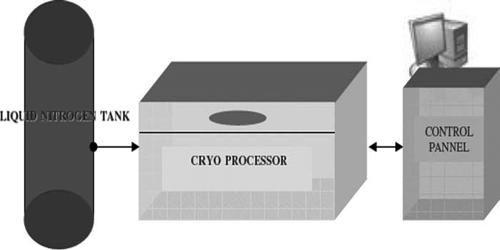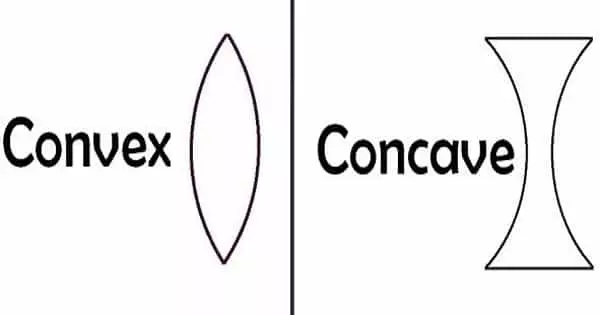A metamaterial is any material that has been engineered to have a property that does not exist in naturally occurring materials. These are composite materials that are typically made up of arrays of small metallic resonators that are structured on the micro or nanoscale. They are constructed from multiple elements made of composite materials such as metals and plastics. Typically, the materials are arranged in repeating patterns at scales smaller than the wavelengths of the phenomena they influence.
Metamaterials are man-made materials capable of achieving electromagnetic properties that do not occur naturally, such as negative index of refraction or electromagnetic cloaking. Victor Veselago first described the theoretical properties of metamaterials in the 1960s, focusing on the purely theoretical (at the time) concept of negative index materials. At the turn of the century, his concept became a reality.
Metamaterials are artificially structured material that exhibits extraordinary electromagnetic properties not available or not easily obtainable in nature.
The properties of metamaterials are derived not from the properties of the base materials, but from their newly designed structures. Their precise shape, geometry, size, orientation, and arrangement give them smart properties capable of manipulating electromagnetic waves: blocking, absorbing, enhancing, or bending waves to achieve benefits that are beyond what conventional materials can achieve.
Appropriately designed metamaterials can influence electromagnetic radiation or sound waves in ways that bulk materials cannot. Those with a negative index of refraction for specific wavelengths have received a great deal of attention. Negative-index metamaterials are the name given to these materials.
Metamaterials have the potential to be used to create superlenses. Such a lens could allow the diffraction limit, which is the minimum resolution that conventional glass lenses can achieve. Using gradient-index materials, a type of ‘invisibility’ was demonstrated. Acoustic and seismic metamaterials are also being studied.
Application
Electrical engineering, electromagnetics, classical optics, solid-state physics, microwave and antenna engineering, optoelectronics, material sciences, nanoscience, and semiconductor engineering are all involved in metamaterial research.
Metamaterials have a wide range of potential applications, including optical filters, medical devices, remote aerospace applications, sensor detection and infrastructure monitoring, smart solar power management, crowd control, radomes, high-frequency battlefield communication, and lenses for high-gain antennas, as well as shielding structures from earthquakes.
Engineered composites are what metamaterials are. Much of the focus in the electrical engineering, material science, physics, and optics communities has been on developing efficient metamaterials and applying them to potentially novel applications such as antenna and radar design, subwavelength imaging, and invisibility cloak design.
















